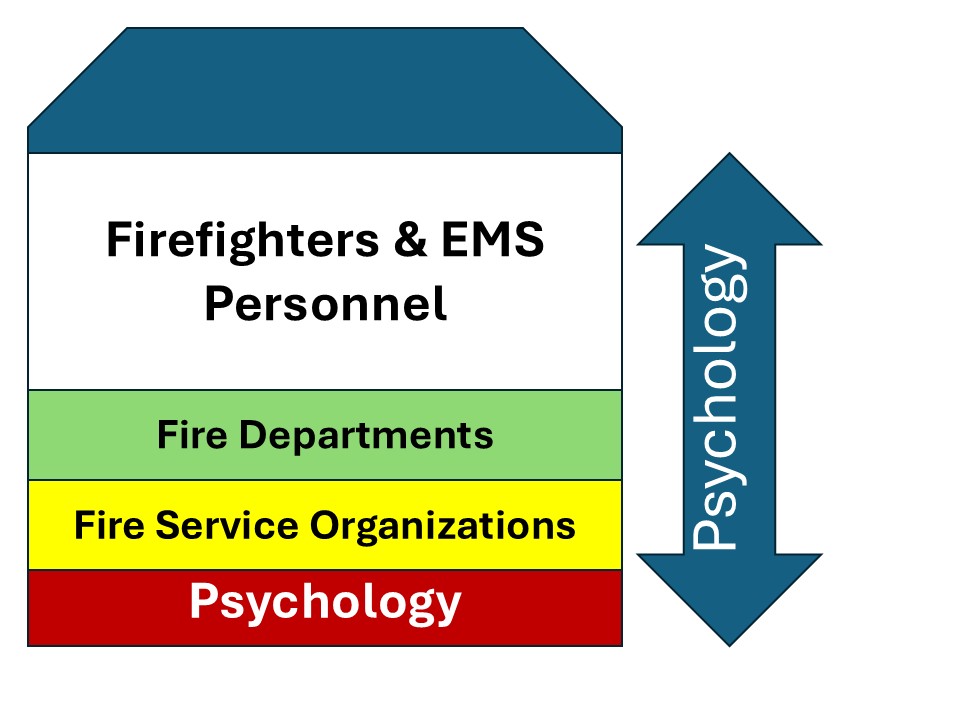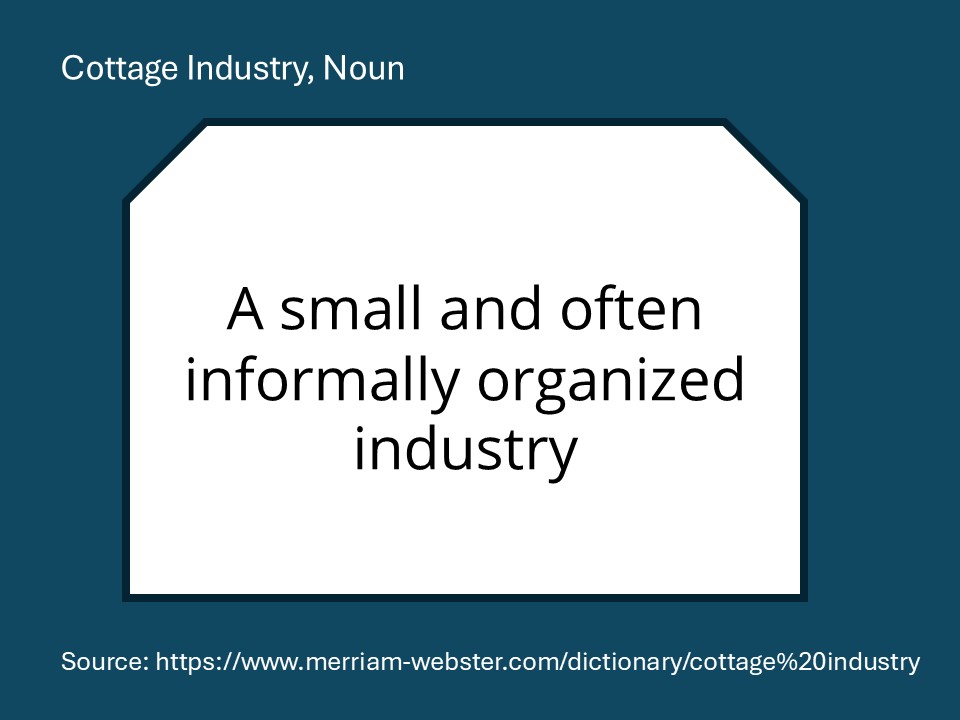By: Robert Avsec, Executive Fire Officer
You’re going to have a house built for you. What skilled professionals will you need to build your house? If the house of your dreams is a two-story Colonial-style with a full basement, the list probably looks like this:
| * Contractor to dig the foundation. * Mason lay the block for the foundation. *Framing carpenters to build the frame atop the foundation. *Electrician to wire the house and later install lights and other electrical fixtures. * Plumbers to install water and sewer lines. | * HVAC contractor to install the ductwork and components for heating and cooling the house. * Insulation contractor to insulate the house. *Drywall contractor to install the interior walls. * Painter to paint the interior. * Flooring contractor to install the floor covering. * Roofing contractor to put on the roof covering. * Siding contractor to install the siding |
I may have missed a couple, but you get the idea. Now who off this list is the most important? The two contractors who put in the foundation, right? Because without a solid well-built foundation what are the odds that the house is going to stand for the next 30 years or so?
“House of Mental Wellness” for Firefighters and EMS Personnel
Using a house as an analogy, there are also key “contractors” that are needed to build a house that’s built to last. And just like the foundation is the key element in the structure of a house for you and your family to live in, so too is the foundation a critical component of the “House of Wellness for Firefighters and EMS Personnel.”
Right now, the “house” is being built without that guidance and direction from the field of psychology. Individual “contractors” are developing and implementing programs and services for the “house” and not following any building plan because there is none.
You wouldn’t want your house built without a construction plan, would you? And you’d want to ensure that all the subcontractors were licensed and competent at their craft, right? I know I wouldn’t want the electrical contractor “taking a shot” at digging the foundation and laying the block for my new home, would you?
Psychological Guidance and Direction
I’ve been a fire service member of the Fire Service Psychology Association (FSPA) since 2018. FSPA’s membership includes fire service leaders, psychologists, and masters-level mental health clinicians. The psychologists and masters-level clinicians of FSPA are collaborating with firefighters and their families every day; many of them also serve our sisters and brothers in law enforcement and EMS. The organization is the single organization that’s uniquely qualified to serve as the psychology “contractor” in the effort to build a “house of wellness for firefighters and EMS personnel.
This in no way should diminish the importance and roles of the other “contractors” needed to build this house. The major fire service organizations–the International Association of Fire Chiefs, the International Association of Fire Fighters, the National Volunteer Fire Council, and the National Fallen Firefighters—just to name a few must ensure that everything that comes next (e.g., standards, policies) are congruent with, and build upon, the foundation (i.e., congruent with what psychology says is ethical and legal and in line with accepted psychological principles and practices).
Fire department leaders have a role in this by ensuring that they provide input to those major fire service organizations and that they integrate the agreed upon standards and policies as they become a reality. Their firefighters have a role in continuing to learn about mental health issues and embrace the guidance and direction and education provided by this psychology-based approach.
In this person’s opinion, the current approaches being taken by major fire service organizations are creating a “cottage industry” that is not in the best interests of the firefighters and EMS personnel. Instead, we all need to take a couple of steps back, re-evaluate the overall situation, and make the necessary adjustments I’ve outlined above.
Firefighters, fire officers, and EMS personnel do this every day when combating fires or treating patients (i.e., they develop a plan of action, implement it, evaluate the results, and make the necessary adjustments to reach a successful outcome. Our approach to developing strategies and programs to reduce their risk of post-traumatic stress injuries to their mental and behavioral health demands nothing less.
 Fire & EMS Leader Pro The job of old firefighters is to teach young firefighters how to become old firefighters!
Fire & EMS Leader Pro The job of old firefighters is to teach young firefighters how to become old firefighters!

